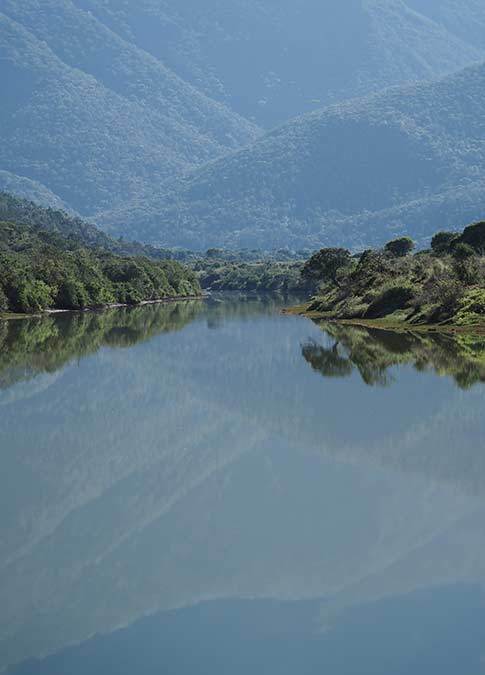Save the Rhino: Rhino Horn is Not Medicine
The demand for rhino horn from certain Southeast Asian countries has resulted in the illegal slaughter of over 3,600 rhino in South Africa in the five years from 2010 - 2014. During 2014 an average of three rhinos were brutally killed by poachers each day in South Africa. Rhinos in the wild will be extinct by 2020 if the levels of poaching continue, experts have warned.
Rhino horn is believed to be a miracle cure for a wide variety of ailments but there is absolutely no clinical proof that it has any medical value. Rhino horn is made of keratin, the same as our hair and fingernails.
Wildlife vet Dr. William Fowlds calls on us to share the video to help spread this message. Rhino horn is not medicine.
Story of Rhino Poaching Survivor Helps Spread Awareness
Three rhinos at Kariega became poaching victims in March 2012. The Kariega Foundation set up a Save the Rhino fund to help provide the best possible care for the two surviving rhino Thandi and Themba. Both rhinos showed an incredible will to survive, and although Themba died after nearly three weeks, the inspirational story of Thandi’s survival has gone viral.
Miracle Calf Named Hope Born at Kariega
Thandi gave birth to a miracle baby in January 2015. We decided to name the female calf Thembi, which means Hope in Xhosa. It is our hope that every African, each visitor to Africa who experiences the wonder of African wildlife and each person who is made aware of the tragedy of rhino poaching will in some way be inspired to help conserve and save rhino.
Read more about the rhino's Thandi and Thembi.
Kariega regularly dehorns its rhinos. This video was taken by ranger Jone during one of these procedures.









